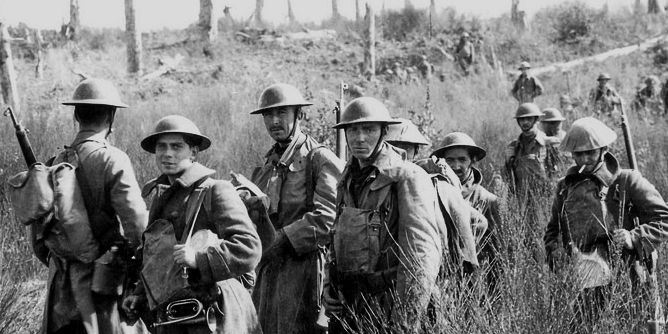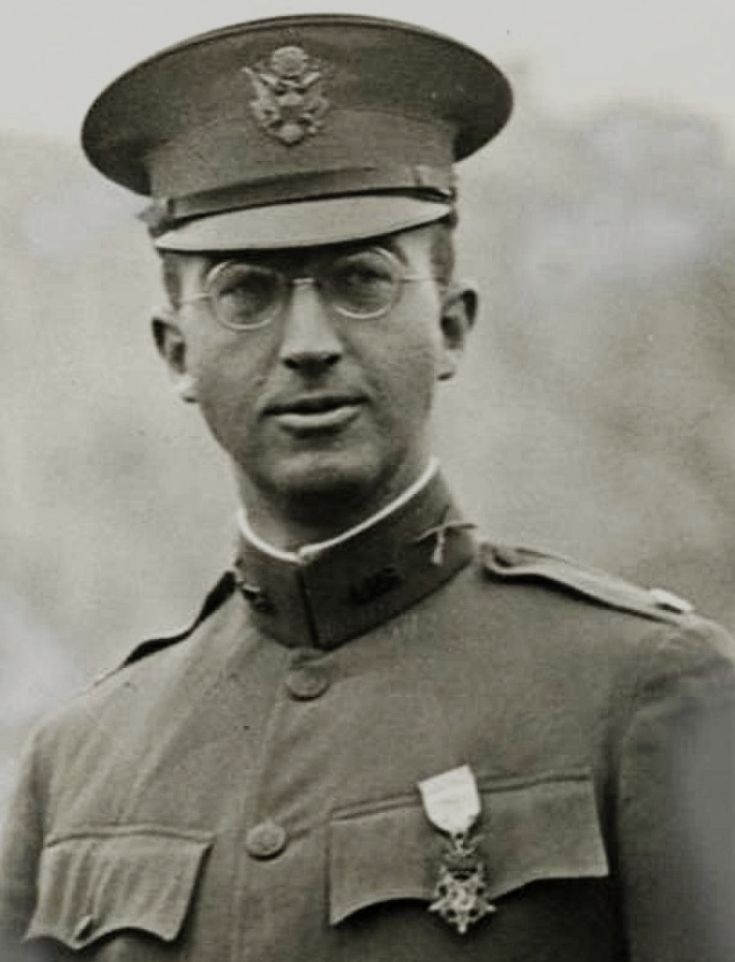Authors:
Historic Era: Era 7: The Emergence of Modern America (1890-1930)
Historic Theme:
Subject:
Fall 2018 - World War I Special Issue, Summer 2025 | Volume 63, Issue 3


Authors:
Historic Era: Era 7: The Emergence of Modern America (1890-1930)
Historic Theme:
Subject:
Fall 2018 - World War I Special Issue, Summer 2025 | Volume 63, Issue 3
For much of the last ten years, military historian Edward G. Lengel has researched the First World War. Now an independent historian, he wrote a cover article for the Summer 2010 issue of American Heritage on the Meuse-Argonne offensive, “America’s Bloodiest Battle.” Last month, Da Capo Press published his masterful account of the battle and the Lost Battalion’s heroic stand, Never in Finer Company. Mr. Lengel adapted portions of that book for this essay.
--The Editors

In many ways, Major Charles Whittlesey was like so many of the other former civilians who made up much of the American officer corps during the First World War. The gangly, bespectacled, thirty-two-year-old New York lawyer had grown up in Wisconsin, attended Williams College, graduated from Harvard Law School in 1908, and settled into a comfortable private practice in New York City. After Congress passed the Selective Service Act on April 28, 1917, he signed up for reserve- officer training.
Now, Whittlesey was deep in the Argonne Forest commanding a battalion in the 77th Division, the “Metropolitans” made up mostly of New Yorkers. It was a division of almost ridiculous diversity: Chinese, Poles, Italians, Irish, Greeks, Russians, Germans, and Anglo-Saxons. Nearly a quarter of the division was Jewish, many of them draftees from Manhattan’s Lower East Side. There were street toughs, urchins, bartenders, grocers, cops, streetcar conductors, writers, baseball players, stockbrokers, drifters, and blue bloods.
Just before dawn on October 1, Whittlesey assembled his company commanders. The weather was cold but clear. He handed them their orders for the day and briskly said, “Leaders, get your men up!” When the troops assembled he cried, “Everybody ready. Let’s go! Forward!” and they moved out.

Until noon the doughboys had easy going as they pushed up to and over the crest of Dead Man’s Hill. From here the 308th Regiment continued along the swampy north-south Argonne Ravine, which the enemy had plugged with immense coils of barbed wire. Bracken and rough terrain slowed the advance but there was no resistance until mid-morning. Then the enemy machine guns opened fire.
The major heard the shooting and ordered his two lead companies to deploy and outflank the enemy guns. Mortars